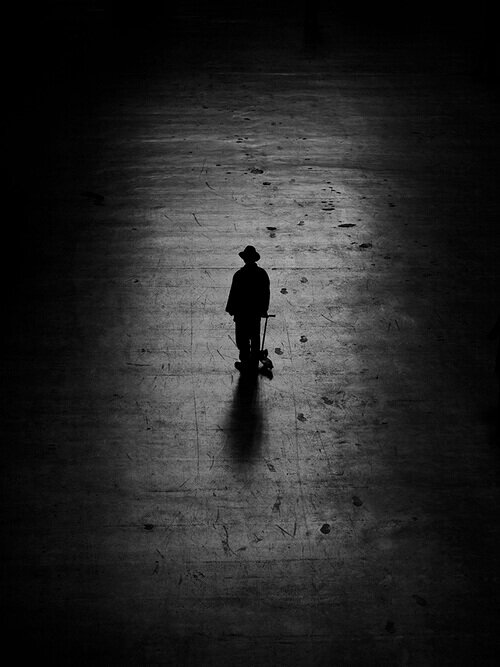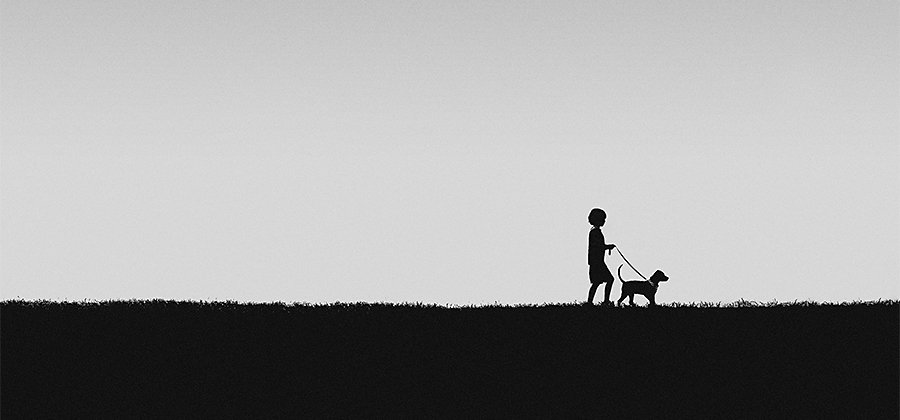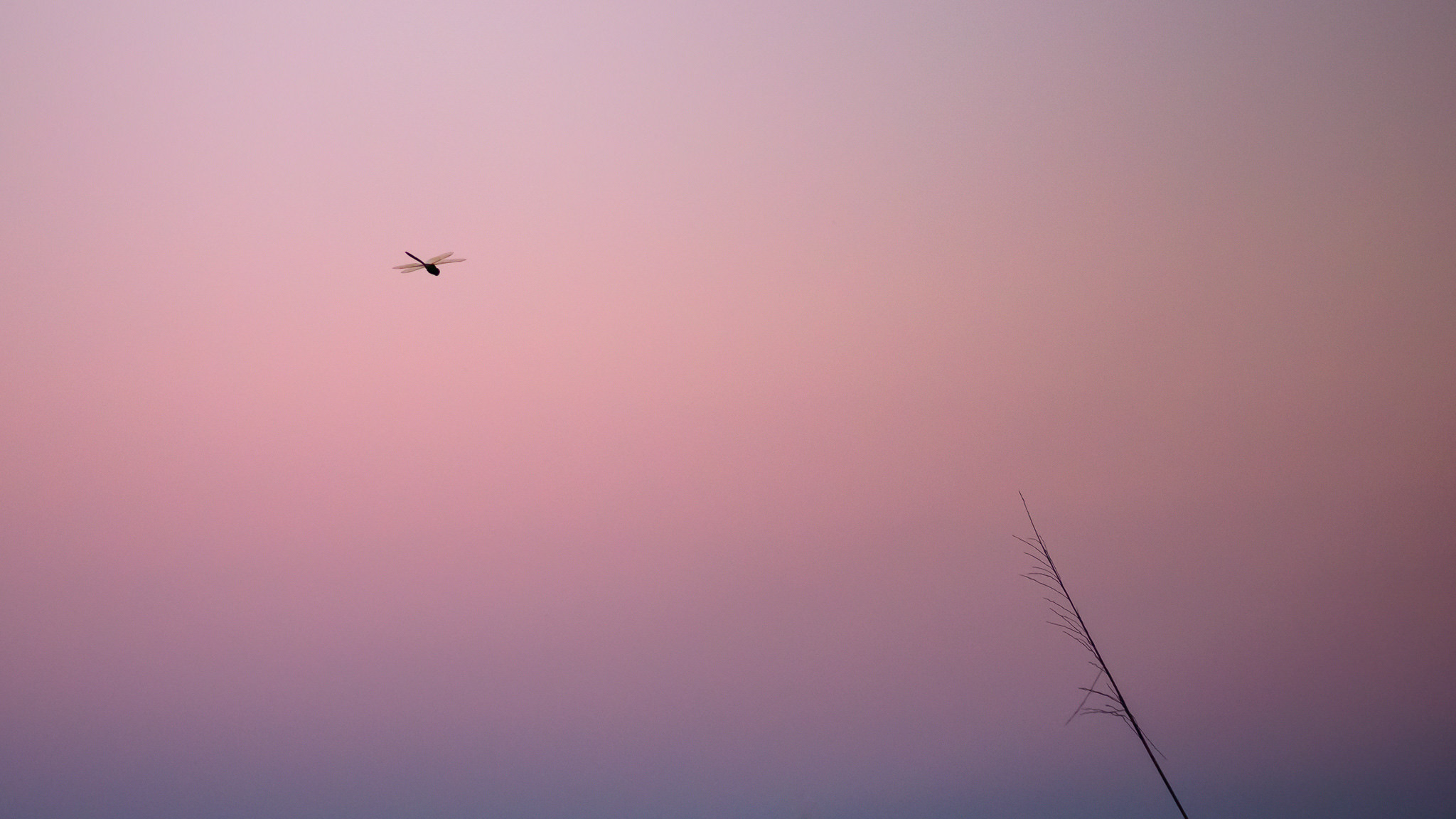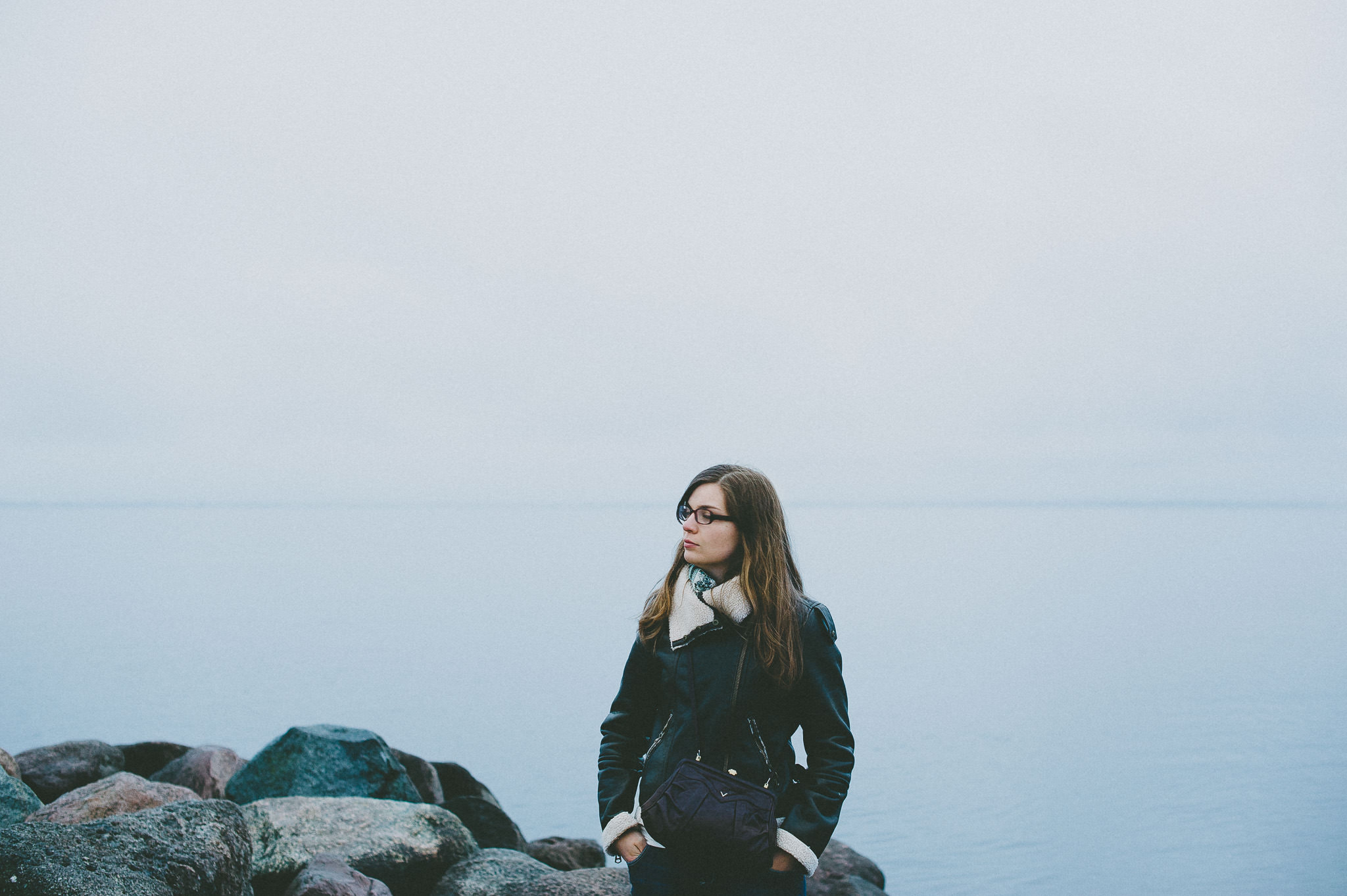Usually whats most important in the image is a sense of scale and breathing room for the subject rather than the specific type of negative space. It can act as a context it can create a sense of lightness airiness it can strengthen the positive emotions in a photograph emphasize the feelings of your subject whether they are romantic or.

Negative Space In Photography Nico Goodden Urban Photographer Digital Photography Learning
Negative space is the other side of the coin of positive space which is space actually occupied by forms in a painting or sculpture the figure in a portrait.

. And it uses negative space to highlight only the best elements in the frame. While this is how negative space is most often used this is not the only way. When composing a piece of artwork we generally work with three elements.
In photography and cinematography empty space can be used for psychological effect making it a great storytelling device. Negative space in photography design sculpture or any other creative pursuit is equally as important as is positive space in overall composition. The empty or blank areas or the holes where the page shows through between the main design elements.
In fact negative space can actually draw your viewers attention to a subject as well as invoke varying emotions. Simply put positive space is the actual subject while negative space also called white space is the area surrounding the subject. Negative space and minimalism.
In photography negative space may also connote a type of shadows called ephemeral shadows. Positive space is easy to understand. The frame the positive space and the negative space also called white space.
While negative space is actually a concept of nothing the background is still visible and also has an impact. Use it to see shapes and sizes more effectively and produce better composed images. The simplest example is writing on a page of paper.
Negative space helps define a subject so subjectively. Negative space refers to empty areas of a photoareas where the eye rests and doesnt really take anything in. In photography a negative is an image usually on a strip or sheet of transparent plastic film in which the lightest areas of the photographed subject appear darkest and the darkest areas appear lightest.
Negative space can drastically change the mood and story of an image. When using this technique many photographers and cinematographers frame the subject from further away. It plays a significant part in the emotional value minimalistic image gives to its viewers.
Its all about finding the right balance. Large plain areas of an image such as sky grass or water for example. Consider it breathing space Michael Kenna.
The negative space in an image does not have to. The frame is the bounding size of the artwork the positive space is the subject and the negative space is the empty space around the subject. Negative space photography is about relationships and how the subject relates to expansive spaces whether its a wide field of grass a vast desert or an open sky.
Essentially when composing an image theres generally 2 or more depending areas of space - a positive space and a negative space. Negative Space Negative space refers to the empty space around your subject. Negative space is how minimalistic images capture and hold their viewers attention.
Negative space is thought of as an image with a lot of empty space. In many cases negative space is the mood the emotion what creates those things in the first place. Simply put positive space is the actual subject while negative space also called white space is the area surrounding the subject.
Simply put the definition of negative space is the area around and between a subject. This basic but often overlooked. Negative space in photography design sculpture or any other creative pursuit is equally as important as is positive space in overall composition.
Negative space From Nikonians Wiki - FAQs Photo Glossary Good Photo Locations Help Jump to. The first myth to dispel when talking about space is that negative space--the empty area around your subject--equals a boring photograph. Here lighting is used to express the existence of an unseen space.
And probably the clearest definition of negative space is simply that it is the space between things. The notions of positive and negative space were advanced during the late 19th and early 20th centuries replacing the more traditional notion of a background. Minimalist photography is proof that negative space when applied well they are powerful.
For this reason negative space in design is often also referred to as white space Negative Space and Positive Space. Negative space surrounds positive space in a work of art. Negative space is the space around and between the subject of an image.
Rubins vase emphasizes negative space. 3 - Examples is. In other words subject in the image in this type of composition is sometimes referred to as positive space photography.
Its the subject or subjects of your image. First lets talk about positive and negative space. Its all about finding the right balance.
Space composition space in an image is the nothing that surrounds the subjects of the picture or the space between subjects. It appears in all drawings and paintings and one of the best examples of it is the optical illusion called Rubins vase. Negative space is one of my favourite and most used compositional techniques in photography.
While space is actually a concept of nothing the background is still visible and also has an impact. Negative space generally balances out positive space in an image which are areas that have lots of weight and attract the eye. Negative space sometimes referred to as white space is a concept thats been used in art design architecture and sculpture for hundreds of years.
Simplification is technically harder to achieve in photographyespecially in outdoor photographybecause it entails eliminating elements that are already there. This reversed order occurs because the extremely light-sensitive chemicals a camera film must use to capture an image quickly enough for ordinary picture-taking are darkened. Negative space is just the opposite parts of an image that dont attract as much attention surrounding the positive space and giving it a buffer.
Just as important as the object itself negative space helps to define the boundaries of the positive space and brings balance to a. Considering and improving the balance between negative space and positive space in a composition is considered by many to enhance the design. Put simply it is the space around the object itself that helps define the positive space or main focus.
Negative space photography is the area surrounding the main subject in a photo that is left unoccupied. Its equally useful in photography and can be used to turn an average photo. Negative space is the area between and around objects in a photo.
Negative spaces are actual shapes that share edges with the positive shape. Negative Space Negative space refers to the empty space around your subject. Negative space in an image is the nothing that surrounds the subjects of the picture or the space between subjects.

Negative Space For Photographers The Ultimate Guide Iphotography

Understanding And Using Negative Space In Photography Photography Mad

A Quick Look At Negative Space Photokonnexion

Negative Space Photography L A Beginner S Guide L Adobe

Negative Space In Photography The Essential Guide

Positive And Negative Space In Photography
Tate Modern London Street Photography Nico Goodden Urban Photographer Digital Photography Learning

0 comments
Post a Comment